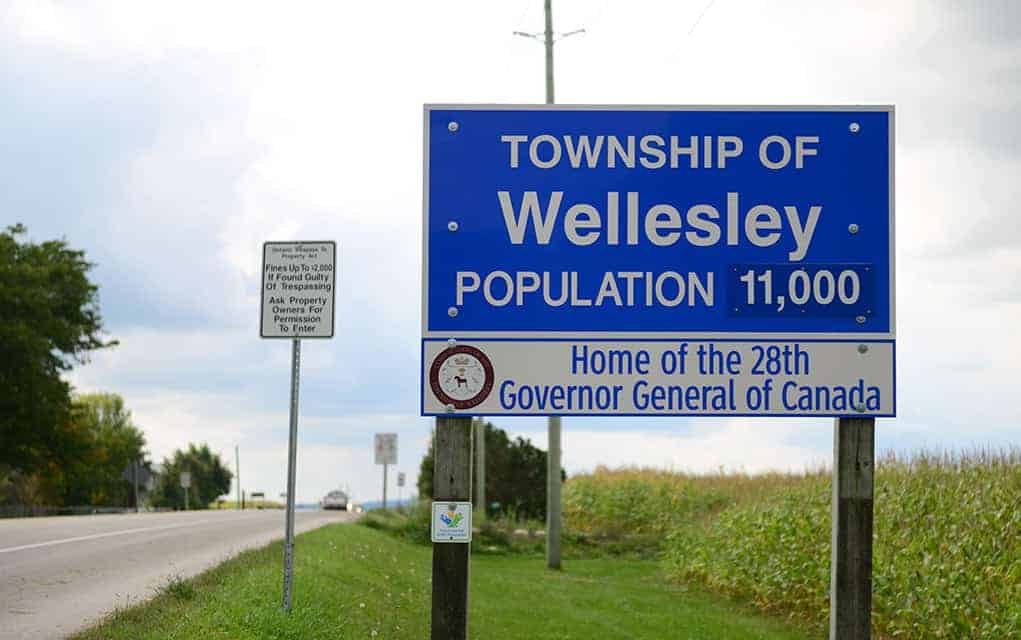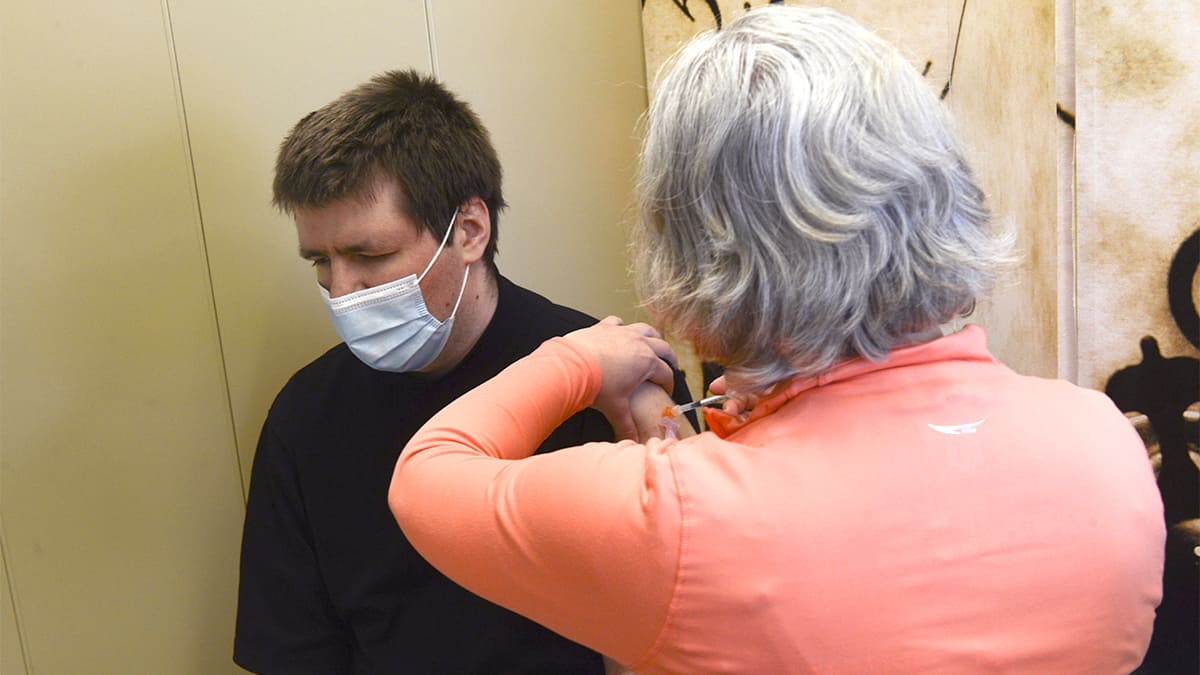The number of new cases of COVID-19 in the region spiked this week to levels not seen since record numbers over the Christmas holiday period. The 106 new cases recorded Monday, for instance, is the highest since late-January, when numbers started to fall after the province’s first stay-at-home order.
The spikes in Waterloo Region aren’t as pronounced as the provincial average, but local health officials are worried about the trend, especially the increase in new cases identified as variants of concern. The seven-day average of cases per 100,000 population is moving upward in the region to 13.4 at midweek, though the Ontario-wide number is 24.3.
While the region’s COVID-19 numbers are better than the provincial averages during this third wave of the pandemic, they’re trending in the wrong direction, said Dr. Hsiu-Li Wang, the region’s medical officer of health, at the weekly pandemic briefing April 9.
The number of active cases, for instance, has continued to climb. At midweek, there were 592 cases, up significantly from 386 just a week earlier.
“Though our rates are not as high as those of many other communities in Ontario right now, our rates have remained higher than they were before. The second wave began in November, and we are now seeing the third wave beginning in Waterloo Region. I expect cases in Waterloo Region to continue to climb in the next one to two weeks until the stay-at-home order can start to have an effect.”
Hospitalizations are high for the region, with 30 individuals in hospital, 12 of whom are in the intensive care unit.
The rising number of cases makes it important to continue to follow all guidelines despite a growing sense of pandemic fatigue, said Wang.
“Please continue to practice public health measures to protect yourself and loved ones. Avoid social gatherings. Stay home unless it is essential to go out. Practice physical distancing. Wear face coverings. Wash your hands often. Avoid enclosed, poorly ventilated spaces, or crowded places. Stay home when you are sick, self-isolate and seek testing,” she advised.
“Reducing our mobility and close contacts reduces the spread of COVID-19. Together we can make a difference and slowly spread of COVID-19 in our community. We need to once again make the most of the stay-at-home order like we did last time.”
Until last week, public health officials had been planning to deal with the return to in-person learning in the region’s schools, but the province this week announced all students would be sticking with remote learning following the April break.
“We are seeing a rapidly deteriorating situation with a record number of COVID cases and hospital admissions threatening to overwhelm our health care system,” said Premier Doug Ford in a statement Monday. “As I have always said we will do whatever it takes to ensure everyone stays safe. By keeping kids home longer after spring break we will limit community transmission, take pressure off our hospitals and allow more time to rollout our COVID-19 vaccine plan.”
In Wellington-Dufferin-Guelph, there were 590 active cases, up dramatically from 363 a week earlier.
That catchment area’s cumulative total was 5,994, of which 5,298 (88.4 per cent) have been resolved. There have been a total of 106 fatalities since the pandemic began, unchanged in the past seven days.
The province is seeing growth in the total number of cases, with the tally now at 394,679, up more than 25,000 in the past week.
There have been 7,582 deaths attributed to the virus, representing a mortality rate of 1.9 per cent. The ministry reports 351,257 cases (89 per cent) have been resolved.
The latest numbers from Health Canada show 78,293 active cases nationwide. The cumulative total of confirmed cases now stands at 1,078,562, with 23,382 related deaths, a mortality rate of 2.2 per cent.









